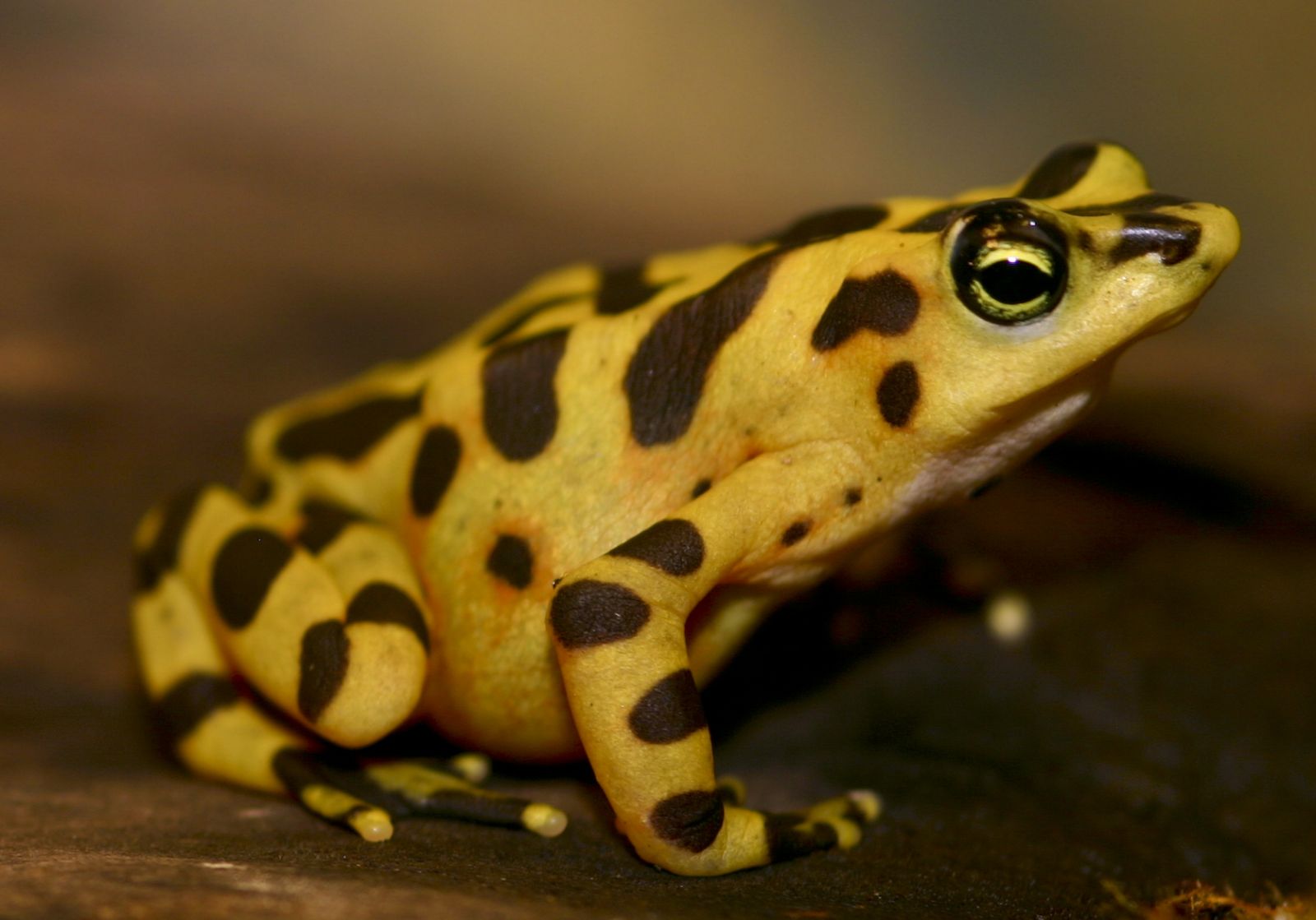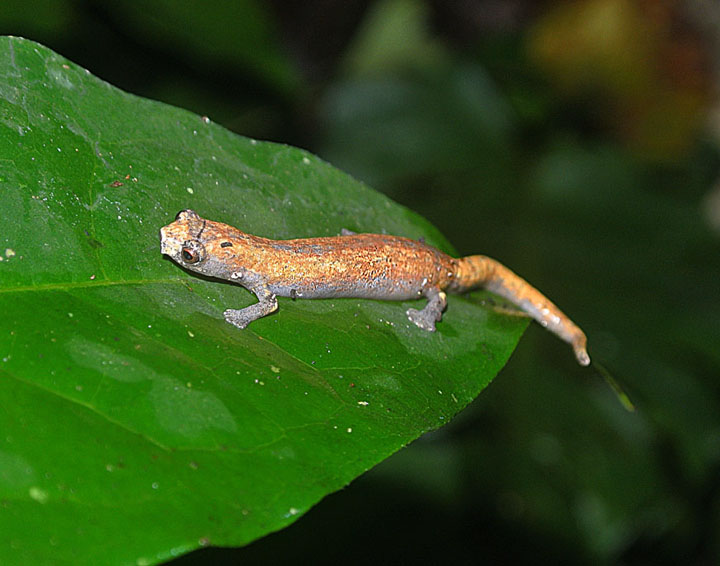International Day for Amphibian Conservation

Amphibians are possibly the most interesting species in the animal world; they possess evolutionary adaptations that would inspire the creation of science fiction creatures. More than that, they fulfill important functions in the ecosystems where they are found since one of the roles they have is to help in the exchange of energy between two worlds, because they engage in activities between aquatic and terrestrial environments. In addition, the presence of amphibians is an indicator of the health of a habitat since pathogens such as fungi and bacteria, as well as drastic changes in their habitat, pose a risk to their survival.
To raise awareness of the need to promote initiatives from different sectors of society aimed at finding solutions to the problems faced by these species, the last Saturday of April is International Amphibian Conservation Day, introduced in 2004 by the World Conservation Union (IUCN). We join this commemoration by presenting three species from the Americas that will spark the curiosity of our readers:
Ajolote or Axolotl (Ambystoma mexicanum).
This charismatic animal has earned a place in Mexico as a heritage, not only natural but also cultural, dating back to the Aztecs. It is endemic to the Xochimilco canal system and today they are in critical danger of extinction, as they are almost never found in the wild, but are found in captivity. The salamander has a capacity to regenerate both limbs and internal organs that surpasses that of other animals with similar characteristics. The decline in the density of salamander populations is related to pollution and drainage in some sectors of the Xochimilco lake system and conservation efforts are focused on restoring their habitat.

Foto: Freepik
Panamanian Golden Frog (Atelopus zeteki)
The case of the Panamanian golden frog is a race against extinction. Like many amphibians, the loss and fragmentation of its habitat is among its main threats, but it is especially chytridiomycosis, a disease that affects the skin of amphibians, which has been linked to the reduction in populations of these animals in North, Central and South America. The Panama Amphibian Rescue and Conservation Project is working to collect specimens for captive breeding to protect a species whose population has declined drastically. Once the specimens are collected, they are left in confinement for 30 days, during which one of the main challenges is to avoid inbreeding.

Photo: Brian Gratwicke
Amazonian salamander (Bolitoglossa altamazonica)
This amphibian is small but has a wide distribution, estimated at 1,957,530 km2, extending from Venezuela through the Amazon basin of Colombia, Ecuador, Peru, and northwestern Brazil. Also known as the Nauta salamander, it lives in low vegetation jungles. Although it does not face health risks, as its population is considered healthy, it faces threats from habitat loss due to land use change for agriculture. Sightings of Bolitoglossa altamazonica are possible at night, when it becomes active and moves on the leaves and branches of bushes and low trees.

Photo: Dick Culbert
Learn more about amphibians of our region and the world here: https://storymaps.arcgis.com/stories/a65bf01904ea4deb8a4d3cfae8a19403
